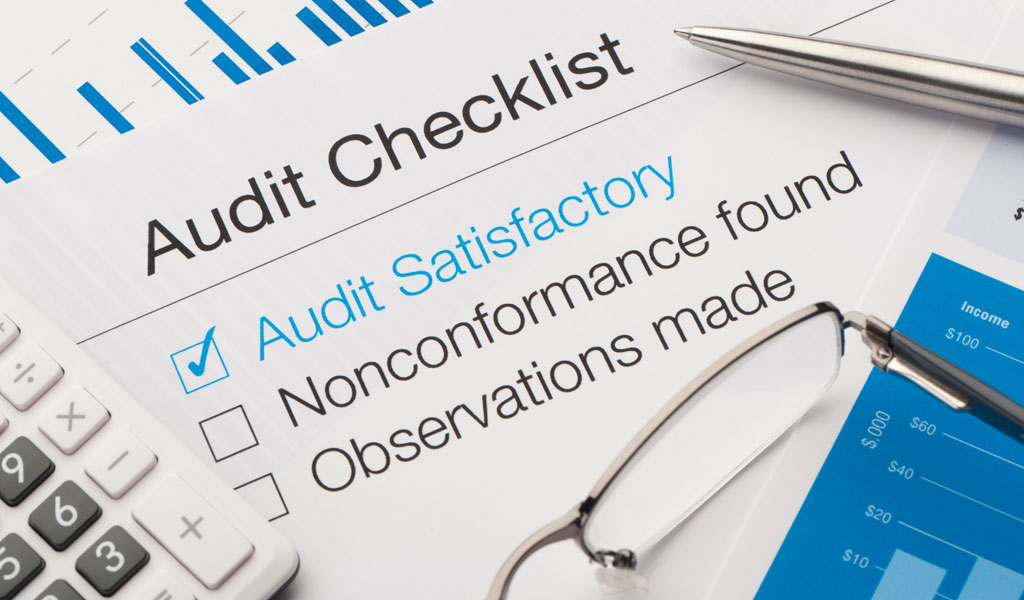 For many business owners, an audit is a mandatory requirement placed on them by external parties interested in protecting their investments or wanting assurance that their loans will be repaid.
For many business owners, an audit is a mandatory requirement placed on them by external parties interested in protecting their investments or wanting assurance that their loans will be repaid.
What the auditor actually does when they come into the business is a bit of a mystery to most owners. Auditors ask many questions and ask for many documents. When all is said and done they pronounce (hopefully) that everything has been done correctly and the numbers on the financial statements can be relied upon.
There have been changes over the years in how the auditors accomplish their tasks within the contemporary business environment. However the auditor today is challenged like never before to keep up with changes in the way business is conducted.
Like every other aspect of our lives, technology has become a significant part of the auditor’s toolkit. It has helped with documentation, training, efficiency, accuracy, and much more. The growth in the use of technology in the audit world has coincided with significant increases in risk for the auditor as client financial statements have become more widely relied upon for significant investment, shareholder and funding decisions. This, combined with today’s new, innovative and disruptive technology based businesses, who operate both locally and globally, mean the processes used by auditors to obtain a sufficient level of confidence in the numbers has had to change to keep up.
The American Institute of Certified Public Accountants (AICPA) issued a white paper discussing how audit processes would be designed if they had to be developed from scratch, today. They wanted to know how to identify and assess risk, determine best analytic techniques, audit big data, reduce audit costs – all while providing the same level of assurance. They also wanted to look at a process of continuous audit using technology to monitor the client’s transactions ongoing, in real time, in order to be in a better position to respond to potential risks. The AICPA came up with 3 main areas where the industry will have to focus its attention in order for audit processes to be changed:
- Encourage audit research through collaboration between the audit industry and universities, professional bodies, solution providers and experts.
- Provide guidance and updates on how to incorporate new technology-driven audit methods.
- Encourage and recognize new resource models because auditors will be obliged to make increasing use of professionals with skillsets other than traditional auditing.
Changes to audit processes have historically been slow in coming and detailed. While it is not expected that the need for thorough discussion and analysis will be modified, there will be a need to effect change in a timely manner to keep up with the marketplace.
The other important aspect that will come into play is that the global community for auditing is becoming more aligned every year and any change will have to be vetted and approved by international partners and organizations before being put into practice.
The important thing for clients is that the conversation is happening now in Canada and the USA and around the world. The Canadian CPA industry is keenly aware of the value of their service to clients, their stakeholders and the public to ensure that financial results have received the assurance required to rely upon them for major decisions.
We will keep you up to date as this issue develops.